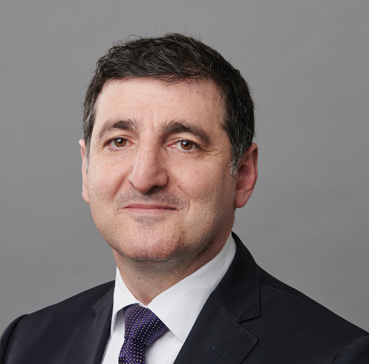The US Federal Reserve has delivered whatever it takes to see real improvements in the economy. Both sides of the Atlantic have now matched their strong rhetoric with different forms of quantitative easing (QE).
Monetary policy makers are becoming very innovative. Going forward, there will be more stimulus on the way from the emerging economies, particularly China. The risk-on trade has been rewarded.
Quantitative easing (a form of monetary stimulus) is supportive for equities, commodities and high yields. September has to date proven to be a good month, despite what the many market bears had suggested.
The ‘event risk’ was indeed elevated given the crowded calendar in both Europe and the US, which fed the behavioural bias of all investors. And as a result, the current rally for risk assets since the June quarter has left many investors behind. While those perpetual bears are looking for new excuses, asset prices look set to remain supported for now.
QE supportive for commodities and equities
In the US, quantitative easing version three (QE3) implies investors need to buy commodities. This is standard practice following any form of quantitative easing. Base metals, precious metals (gold), energy and soft commodities have all rallied in anticipation of the additional stimulus and have continued to be well supported since the Fed’s QE 3 announcement.
The broad-based CRB Index is now up just over 20% from its June lows. Unfortunately for Australia, bulk commodity prices have not fared very well in recent months, however we see the iron ore spot price moving towards US$120 per metric tonne by the end of the year.
QE is also very supportive for equities, which have rallied by double digits since their June lows. Most of the rally was in anticipation of additional stimulus. Going forward asset prices will continue to be supported by a more promising outlook for cyclicals compared with (expensive) defensives. Leverage to future earnings tend to be rewarded with additional large-scale stimulus.
Your portfolio
Investors should continue to maintain exposure to both cyclicals and defensives from a portfolio perspective. Further, Australian investors need to continue to have exposure to global equities, particularly exposure to companies and sectors that don’t feature prominently in the local market.
There are clear risks to earnings as the persistently higher Australian dollar will continue to be a significant headwind for Australian corporate earnings. Further, global equities look set to outperform Australian equities. Also, exposure to quality global multi national names helps diversify your equity portfolio. However, the persistently higher local dividend yield implies the ASX200 will continue to deliver higher quality income streams compared with global bourses (and that is before franking credits are taken into account).
Table 1 shows UBS Wealth Management’s preferred core holdings with a combination of both cyclicals and some defensives. Following some consolidation with risk assets this week, that back drop looks supportive for risk assets in the medium term. The portfolio below consists of our core picks.
Table 1 – Australian Core Income Portfolio
 George Boubouras is the Head of Investment Strategy and Consulting, UBS Wealth Management Australia.
George Boubouras is the Head of Investment Strategy and Consulting, UBS Wealth Management Australia.
Important information: This content has been prepared without taking account of the objectives, financial situation or needs of any particular individual. It does not constitute formal advice. Anyone should consider the appropriateness of the information in regards to their circumstances.
Also in the Switzer Super Report
- Peter Switzer: I’m buying this company because…
- JP Goldman: The iron ore slump. Where to for prices next?
- Alia McMullen: Top 10 performing capital city suburbs

